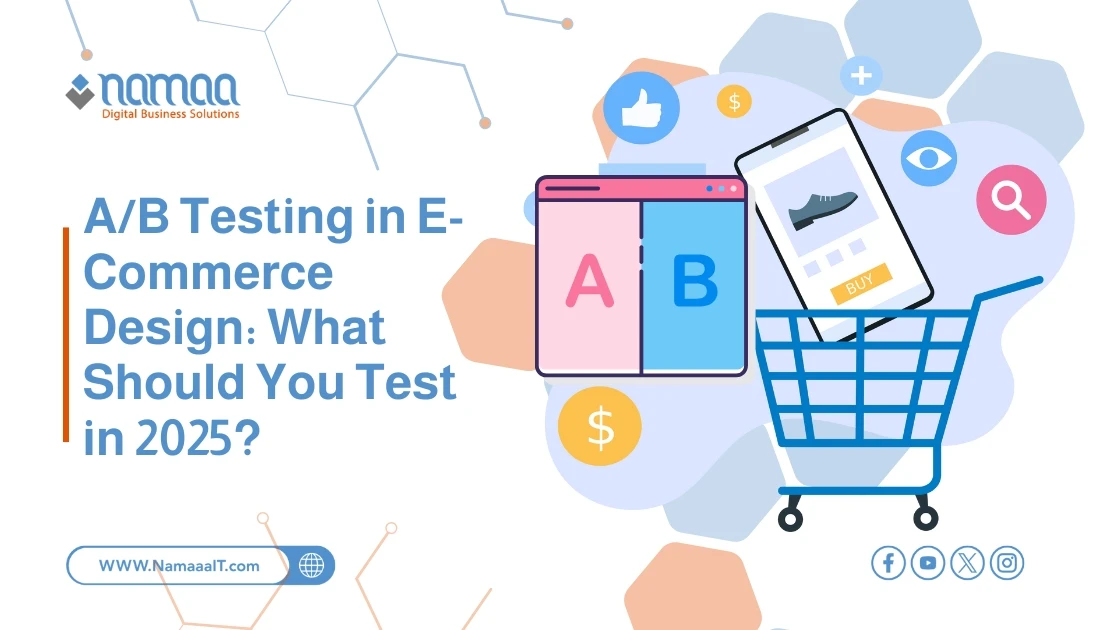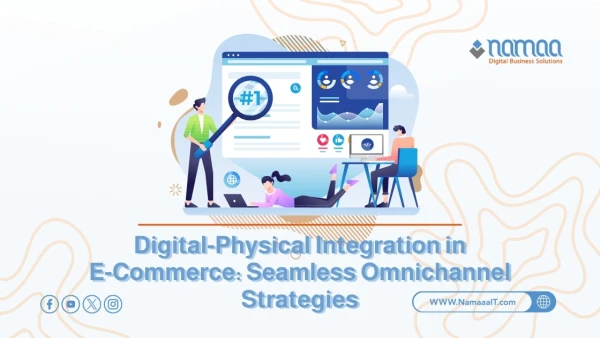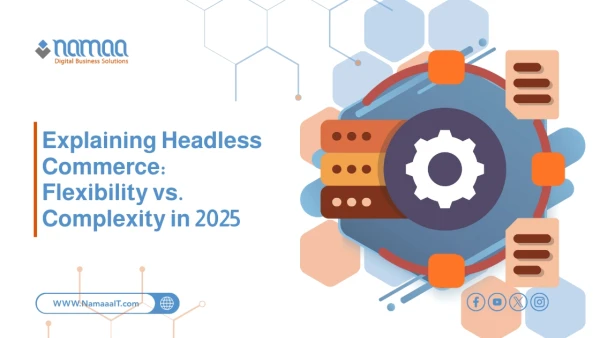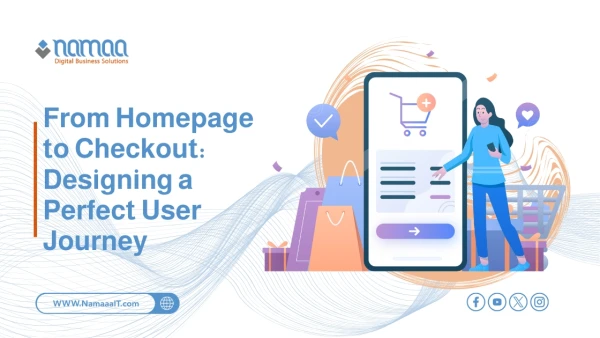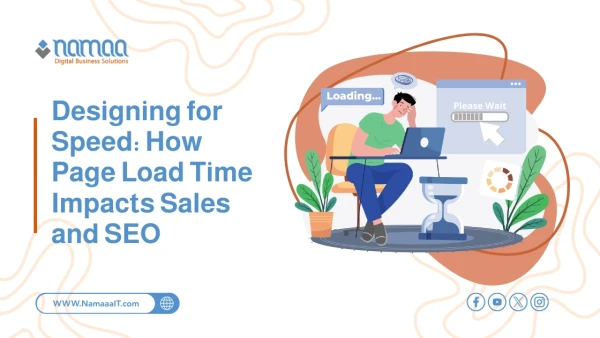A/B testing has become a critical tool for understanding user behavior and boosting performance. But as we move into 2025, testing buttons or logo colors alone is no longer sufficient. Advances in personalization technologies, artificial intelligence, and consumer behavior require a smarter approach to what actually needs testing. This article explores the key design elements worth testing in e-commerce this year—and why ignoring them could mean losing out on valuable sales and opportunities.
What Is A/B Testing and Why Is It Important in E-Commerce?
A/B testing is a simple yet powerful method for enhancing digital performance. It involves presenting two different versions of the same element—whether a page, button, headline, or even an ad—to two separate user groups and comparing the results to determine which version performs better. In e-commerce, the goal is always the same: increasing the conversion rate. Does the user make a purchase? Add an item to the cart? Complete checkout? A/B testing answers these questions through data, not assumptions.
Its value lies in reducing reliance on guesswork and instead leveraging real user data. In today’s competitive landscape, where every click can mean profit or loss, A/B testing helps make precise decisions based on actual visitor behavior. Best of all, it doesn’t require massive overhauls or huge budgets—it can be implemented with small, strategic changes that lead to significant results.
The greatest strength of A/B testing is that it's continuous. You can test repeatedly and across various elements, building a cycle of ongoing improvement that deepens your understanding of your audience over time. If you're running an online store and not regularly using A/B testing, you're missing out on daily opportunities to enhance performance and grow revenue.
How Has A/B Testing Evolved in 2025?
A/B testing in 2025 looks very different from a few years ago. Tools have changed, challenges have evolved, and expectations have grown. The biggest shift has been the integration of AI and machine learning into testing platforms, enabling more complex experiments without the need for large technical teams. Intelligent systems can now analyze results in real-time, adjust experiments automatically, and even predict outcomes before a test concludes.
E-commerce audiences have also become more diverse and unpredictable. What works for one user in the morning might not work for another in the evening. This has led to a trend of continuous testing—where not just two, but dozens of variations are run simultaneously, and the most effective version is shown to each user based on their live behavior. This redefines the traditional concept of A/B testing, turning it into a multi-dimensional, data-driven strategy.
2025 has also seen a rise in privacy concerns. With stricter data regulations and a shift away from third-party cookies, responsible data collection is now central to testing strategies. Marketers are being pushed to find new, privacy-compliant ways to gather and analyze behavior.
In short, A/B testing in 2025 is smarter, faster, and more accurate—but it also demands a deeper understanding and more strategic planning than ever before.
Learn More: The Power of Personalizing User Experience in E-Commerce
Key Elements to A/B Test in E-Commerce Design Today
Not everything on an e-commerce site needs to be tested—but some elements have a direct impact on user behavior and conversions. These should be top priorities for A/B testing in 2025:
- Homepage Layout: It forms the first impression. Test the order of sections, hero images, and promotional banners to boost engagement.
- Product Pages: This is where users decide to buy. Test product titles, image styles (angles or quantity), descriptions, and even price display formats. One critical element is the Add to Cart button—its size, color, label, and placement all affect conversions.
- Checkout Process: A sensitive stage that often leads to cart abandonment. Test the number of steps, field order, and payment options to improve completion rates.
- Marketing Messages: Promotional headlines, email copy, and notification texts all matter. Test wording, timing, and even sender names to increase open and click-through rates.
- In 2025, the focus is not just on visuals but on the complete user experience. Smart testing is the only way to discover what truly works and what needs refinement.
A/B Testing for UX: What Do Visitors Really Prefer?
What works in e-commerce design isn’t about personal taste—it’s about user preferences. That’s where A/B testing shines. UX isn’t just about how a site looks; it’s about how it feels—clarity, speed, and comfort while navigating. With A/B testing, you can measure direct user responses to subtle yet impactful changes: moving a button, simplifying a menu, improving microcopy.
Today’s users expect a fast, seamless, and personalized experience. For example, testing the design of your search bar (is it visible? does it suggest results?) can dramatically affect session time. The same goes for how products are sorted: by deals, new arrivals, or top-rated? The right answer varies based on your audience—and only testing will reveal it.
A common mistake is assuming all users behave the same. A/B testing can uncover behavior differences based on device (mobile vs. desktop), location, or even time of day. This deep insight allows for experience personalization, boosting engagement and customer loyalty.
Bottom line? Don’t guess—test. Let the data tell you what users really want. A/B testing delivers clear answers and exposes hidden friction points that may silently hold back your growth.
Learn More: UX Mistakes That Are Costing You Customers
Recommended A/B Testing Tools in 2025
In 2025, A/B testing tools have become more user-friendly and intelligent—even for non-developers. You no longer need coding skills to run a basic test. Here are some of the most recommended tools widely used in e-commerce:
- Google Optimize 360 (or alternatives): While the free version is retired, the premium tool remains powerful and tightly integrated with Google Analytics for deep analysis.
- VWO (Visual Website Optimizer): Its visual interface makes it easy to run tests without touching code. It supports A/B, A/B/n, and multivariate tests along with heatmaps.
- Optimizely: A robust option for large enterprises, supporting complex experiments with AI and dynamic personalization.
- Convert.com: Known for its strong privacy compliance—ideal for European businesses needing GDPR-safe solutions.
- Adobe Target: Part of the Adobe Experience Cloud, this tool offers advanced personalization and real-time user targeting.
When choosing a tool, don’t just focus on features—consider integration capabilities, customer support, and ease of use for your team. A good tool not only saves time but delivers actionable insights that support confident decision-making.
How to Build a Successful A/B Testing Strategy for Your Store
Effective A/B testing starts with strategy, not random trials. Step one: define a clear goal. Are you trying to increase cart additions? Reduce abandonment? Improve interaction on a landing page? Without a goal, your results mean little.
Step two: analyze existing data. Look at your site analytics to identify drop-off points or low-performing areas—these are your testing opportunities.
Next, test one variable at a time—like a CTA button, product image, or headline. Testing multiple changes in one experiment makes it impossible to pinpoint what caused the outcome.
Then, implement the test using a reliable A/B testing tool. Ensure even visitor distribution and allow enough time to collect statistically valid results.
Finally, analyze the results objectively. Don’t stick to your favorite design—let the data guide your decision. Even if results surprise you, follow the version that actually works.
Repeat this process. Each successful test sets the stage for the next. This builds a culture of continuous optimization, enhancing UX and increasing revenue step by step.
Summary
✅ A/B testing can boost conversion rates by up to 30% when used consistently and strategically on product and checkout pages, according to HubSpot.
✅ As of 2025, over 60% of A/B testing tools leverage AI to analyze behavior and optimize experiences in real time—cutting decision-making time and increasing accuracy.
✅ Homepages and checkout pages have the highest impact on purchase decisions. Testing elements like product arrangement and checkout steps can reduce abandonment rates by 20% or more.
✅ Personalized UX increases engagement by 80% compared to generic designs. A/B testing is the best way to learn what each visitor segment prefers.
✅ Tools like Google Optimize and VWO are top recommendations for 2025 due to ease of use, analytics integration, and real-time personalization.
✅ Testing a single element per experiment increases result accuracy by up to 40% compared to multi-variable, unstructured testing.
✅ A successful strategy starts with a clear goal and real data—and ends with continuous improvement based on insights, doubling the impact with every new test.

